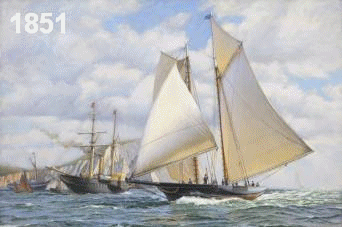 AMERICA'S CUP
AMERICA'S CUP1851-1937
"If we can fly today in the San Francisco Bay, this is because there have been "adventurers" like Walter Greene and Mike Birch.
To understand the future, we must know and respect the past."
Loïck PEYRON (Voiles et Voiliers July 2014)
![]()



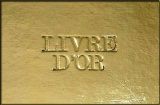
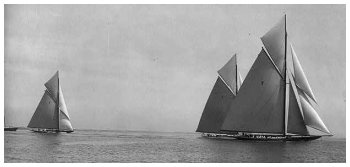


 November 1, 1933
November 1, 1933
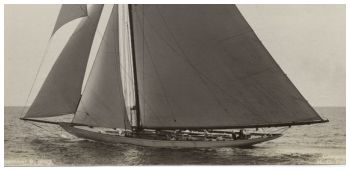

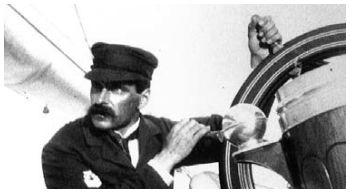 Who is this genius?
Who is this genius?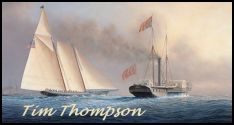 Tim Thompson is a respected, world-renowned oil painter, and one of the undisputed leaders of today’s generation of marine artists. Born in Hull, England in 1951, Thompson spent his childhood in the Channel Islands, where his interest in the sea and sailing first developed.
Tim Thompson is a respected, world-renowned oil painter, and one of the undisputed leaders of today’s generation of marine artists. Born in Hull, England in 1951, Thompson spent his childhood in the Channel Islands, where his interest in the sea and sailing first developed.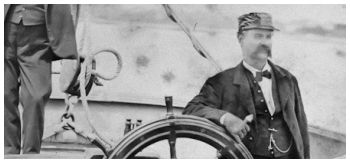 Andrew Jackson Comstock was one of several Comstock brothers from New London who were accomplished racing yacht masters.
Andrew Jackson Comstock was one of several Comstock brothers from New London who were accomplished racing yacht masters.
